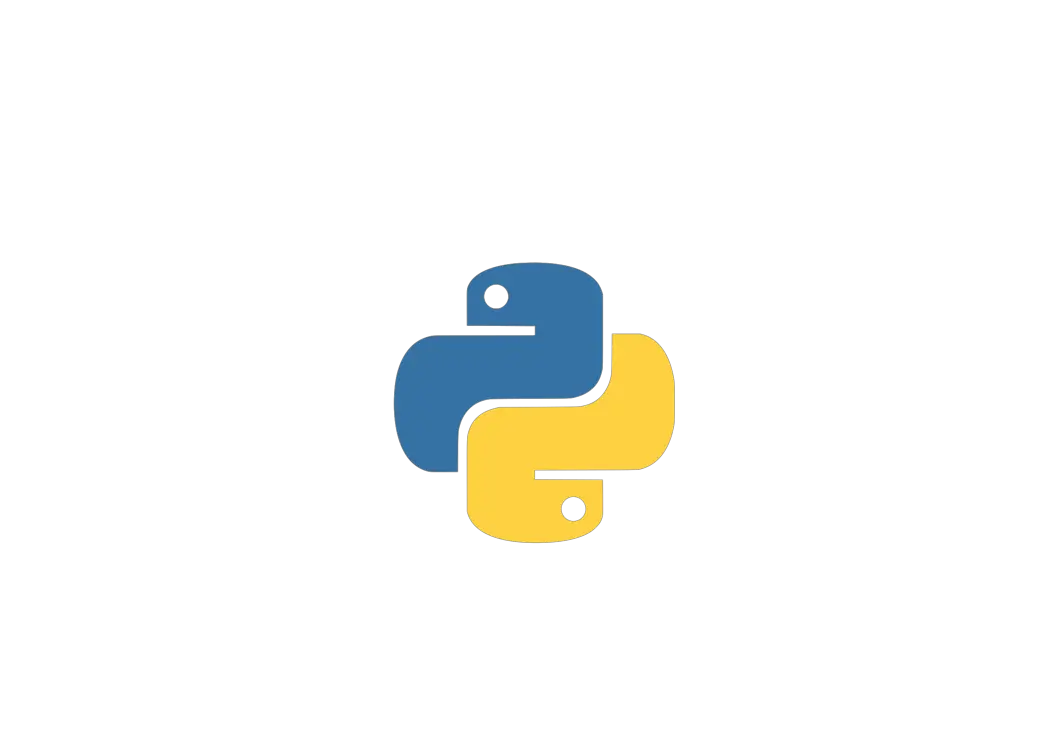

However, you will still need to install pip3 manually. Fortunately, Ubuntu 18.04 has Python 3 installed by default. Pip for Python 3 is commonly referred to as pip3. Note that if you want to install pip on your user account only, run the script without sudo.ĭepending on which version of pip you have installed on the Ubuntu system, the output will be similar to the following: pip 20.3.4 from /usr/local/lib/python2.7/dist-packages/pip (python 2.7) How to Install Pip3 in Ubuntu

Pip for Python 2 is not included with Ubuntu 20.04. The installed version may differ depending on the version of pip you’ve installed on your Ubuntu system. To upgrade pip to the latest version, run the following pip command: The latest iteration of pip that supports Python 2 is the 20.3.4 version. Finally, make sure that you have the latest version of pip for Python.

To install the requirements, enter the following pip command: You have the option to install a file – requirements.txt – which contains a list of all the packages that can be installed using pip.Verify whether pip has been installed correctly by running this command:.Begin installing Python 2 and pip by running the following command:.Update the repository package list by inputting this command:.Make sure that your Ubuntu 18.04 system is running Python 2 by entering the following command to the terminal:.On Ubuntu 18.04, Python 2 and pip are not installed by default. In the following sections, you will find step-by-step instructions on how to install pip for Python on Ubuntu 18.04 and Ubuntu 20.04. However, pip for Python 2 uses different commands depending on which Ubuntu version you’re running. How to Install Pip for Python 2įirst, let’s go over how to install pip on the Ubuntu operating system for a machine that runs Python 2. We will also go over basic pip commands, including how to install a pip package. This section will explain how to install Pip on Ubuntu using Python 2 and Python 3.


 0 kommentar(er)
0 kommentar(er)
